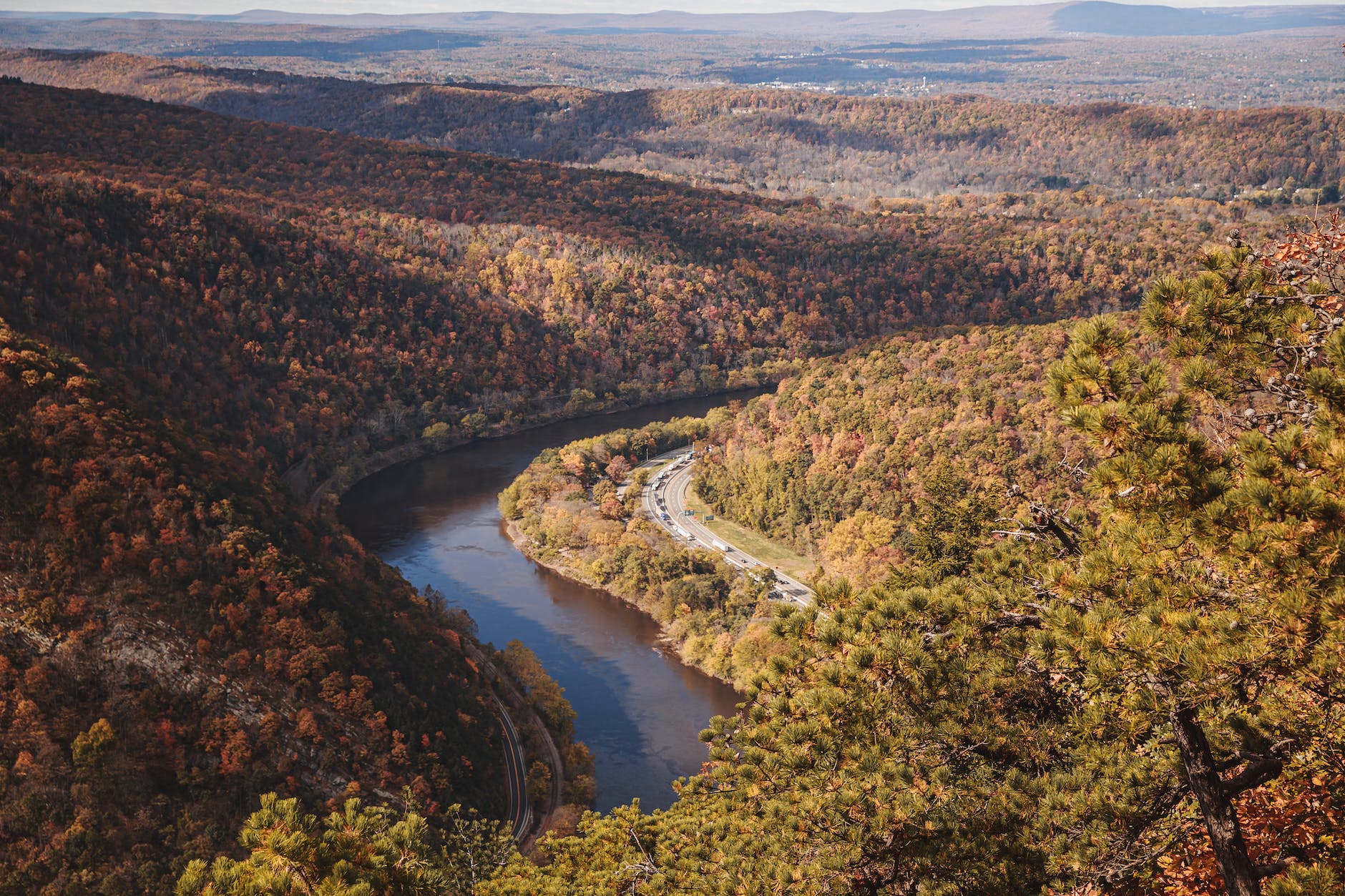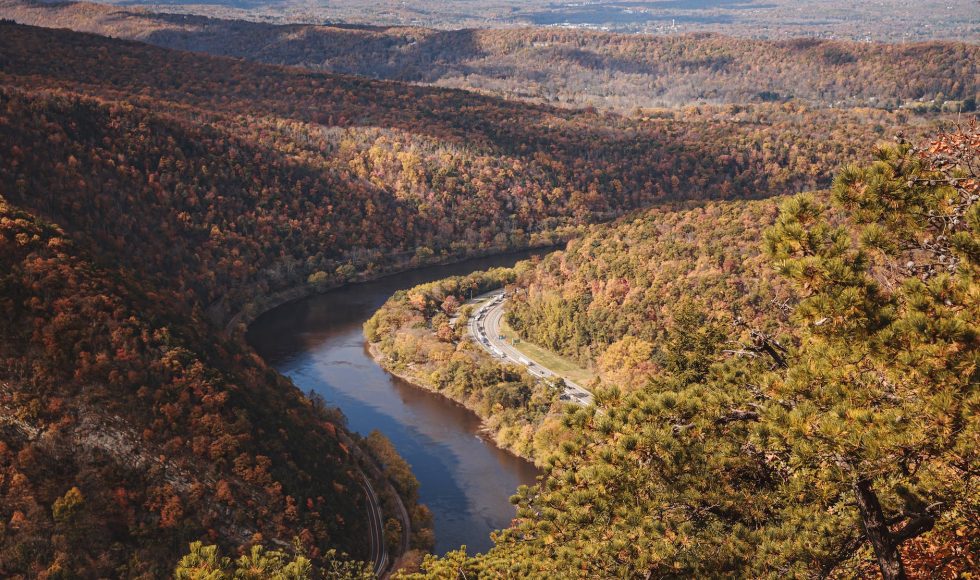Megan Radosevich from Carroll College presented at the Nanopore Community Meeting 2021 about “Analyzing regional and seasonal microbial community variation from a contaminated Montana river.” Radosevich did work over the summer and during a course in Montana. The project is part of the Consortium for Research on Environmental Water Systems (CREWS). One of the main research goals is to study Montana’s environmental water systems and specific water quality issues. Radosevich focused on one area and river. The scientific investigation included molecular science, engineering, and social sciences. The study site is known as “The Richest Hill on Earth,” but extensive mining has left poor water quality. It is currently designated as a Superfund site. Several ongoing studies include surveys and social science investigations. There are miles and miles of contaminated river. Six locations were selected for sampling. The project Radosevich was a part of collected samples for DNA extraction, 16S amplification, and library prep for ONT MinION sequencing. The samples were obtained from rocks. The relative abundance at the phylum level was analyzed and compared between spring and summer. Cyanobacteria levels varied in composition. The top four species were investigated to learn about the health of the environment. Radosevich wants to collect more samples to expand the analyses and include chemical composition.



